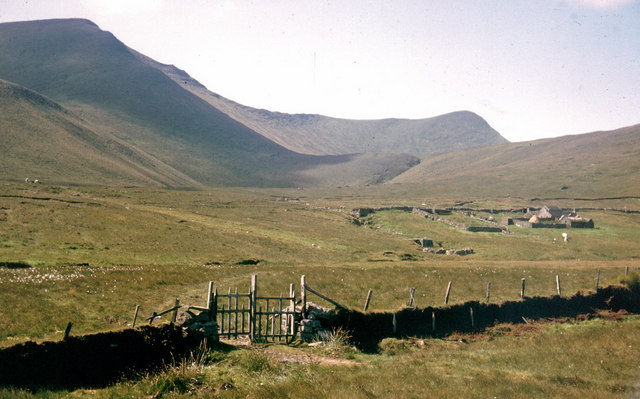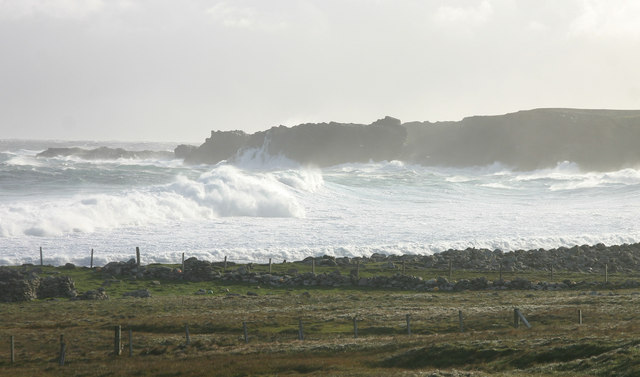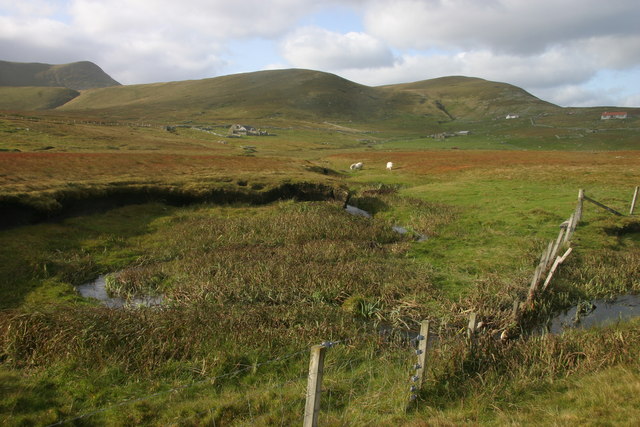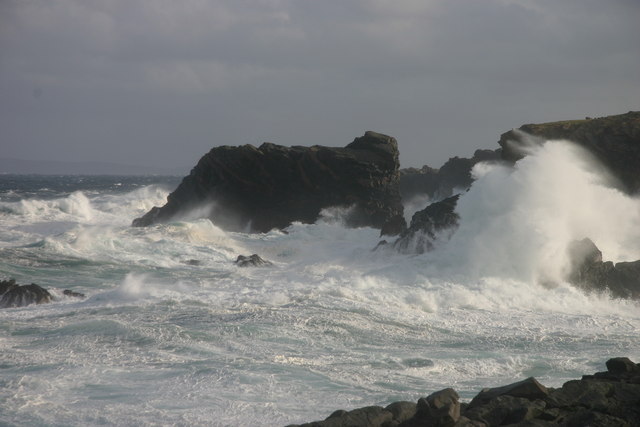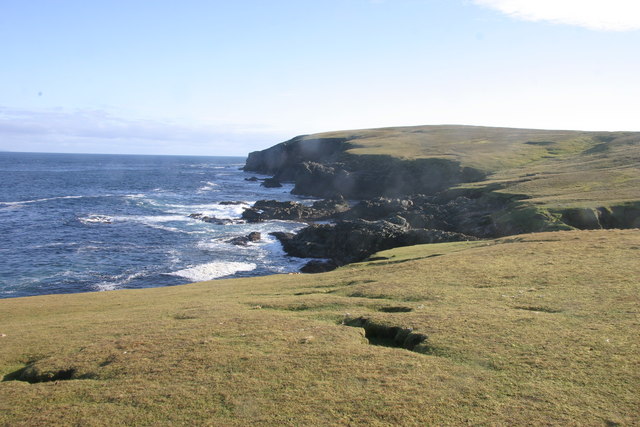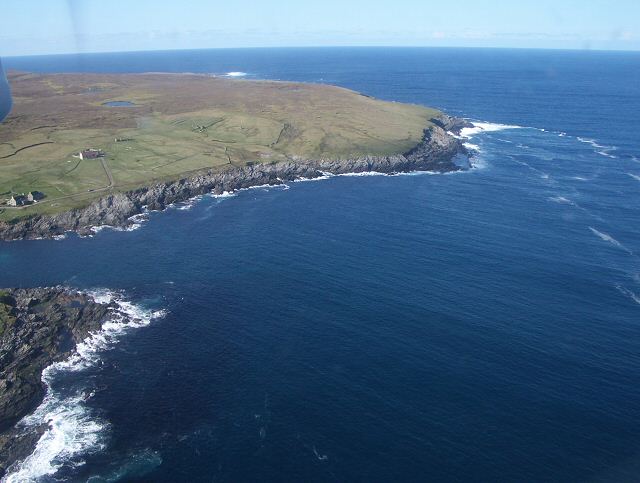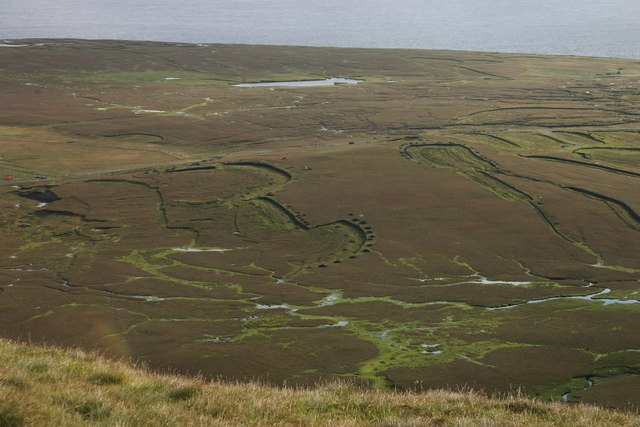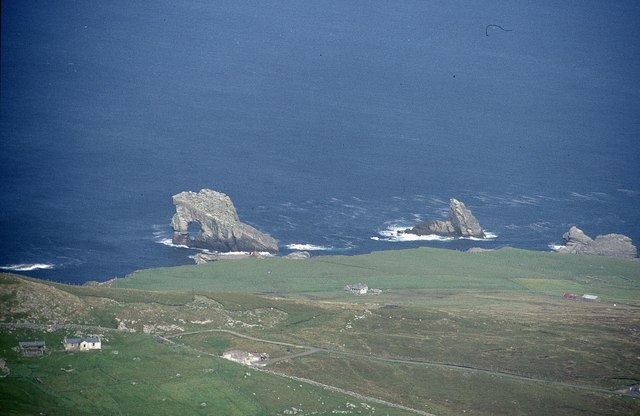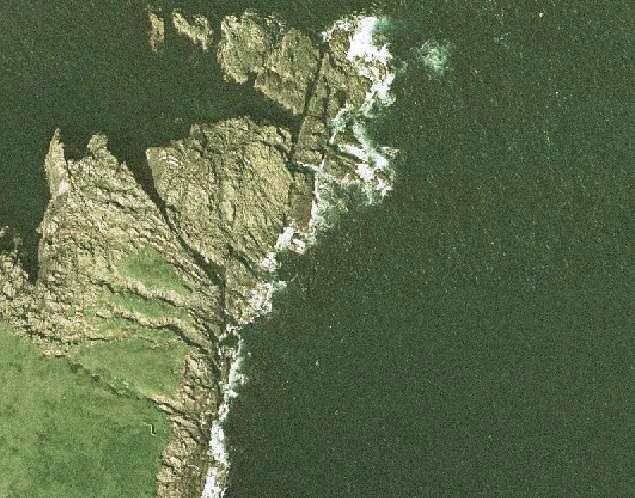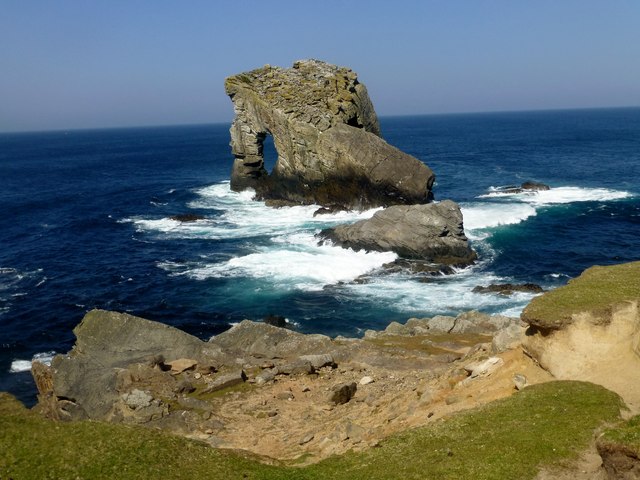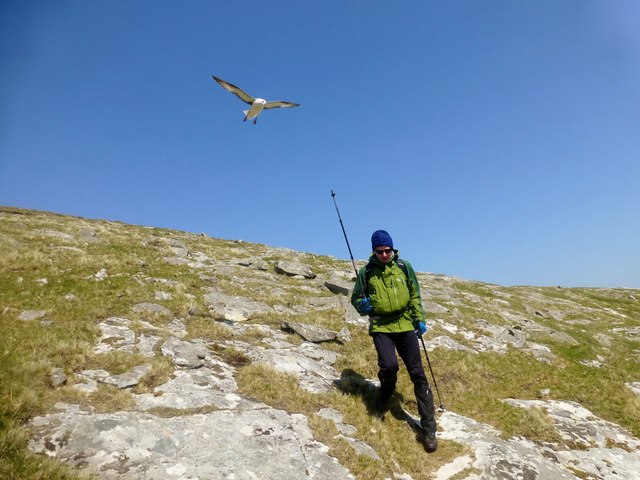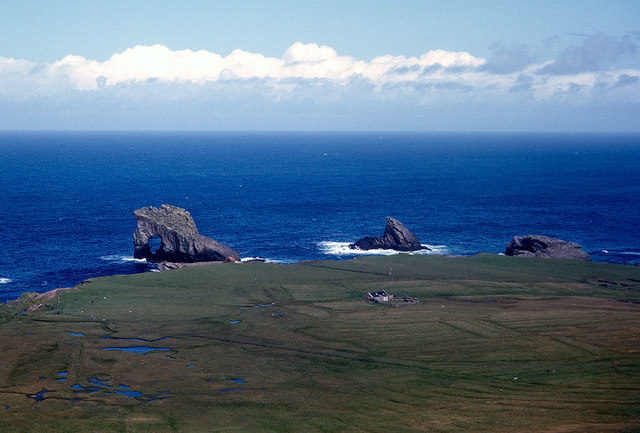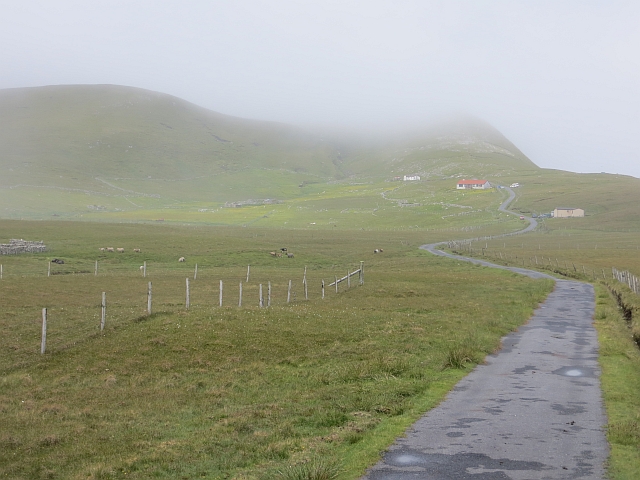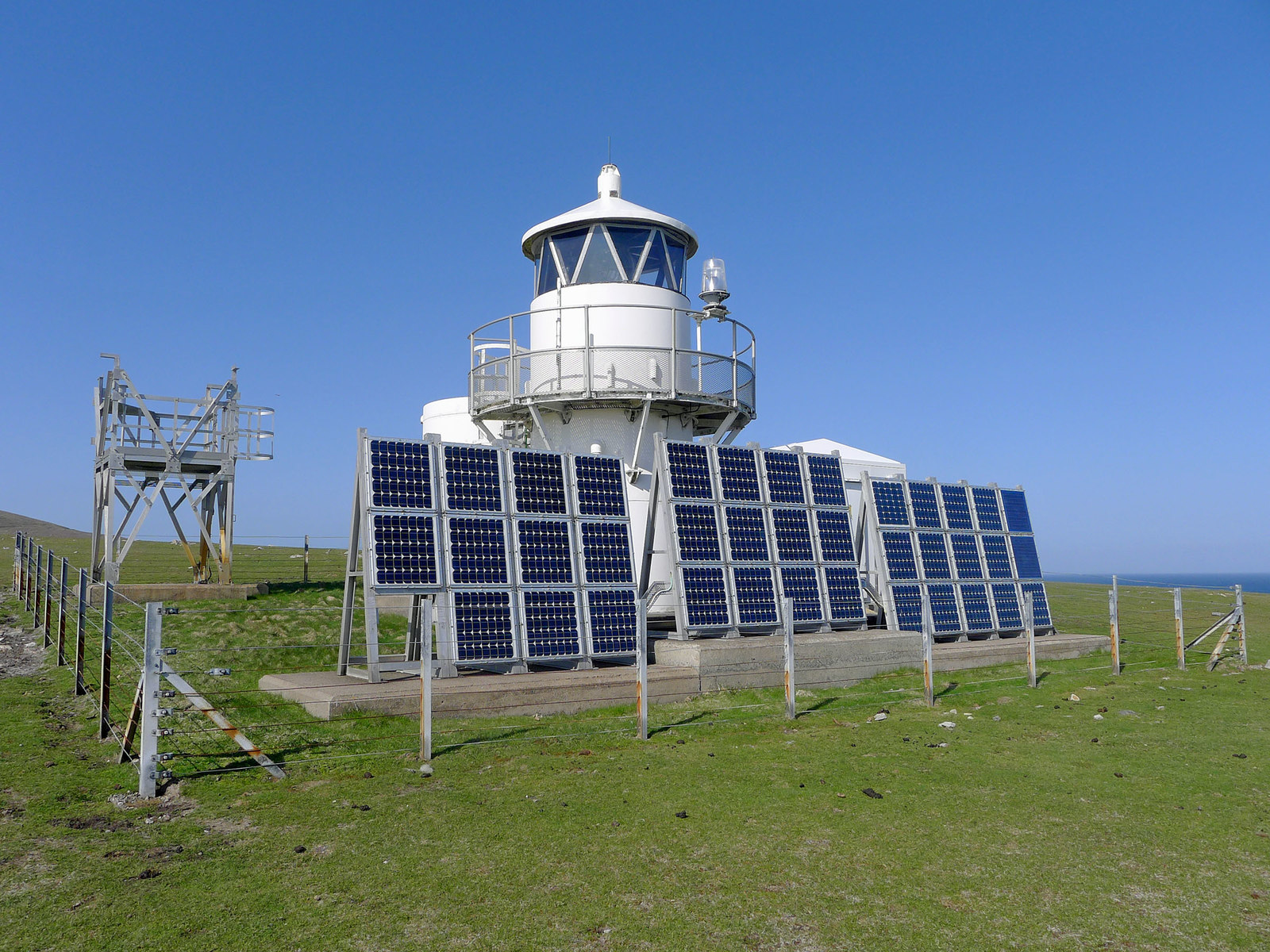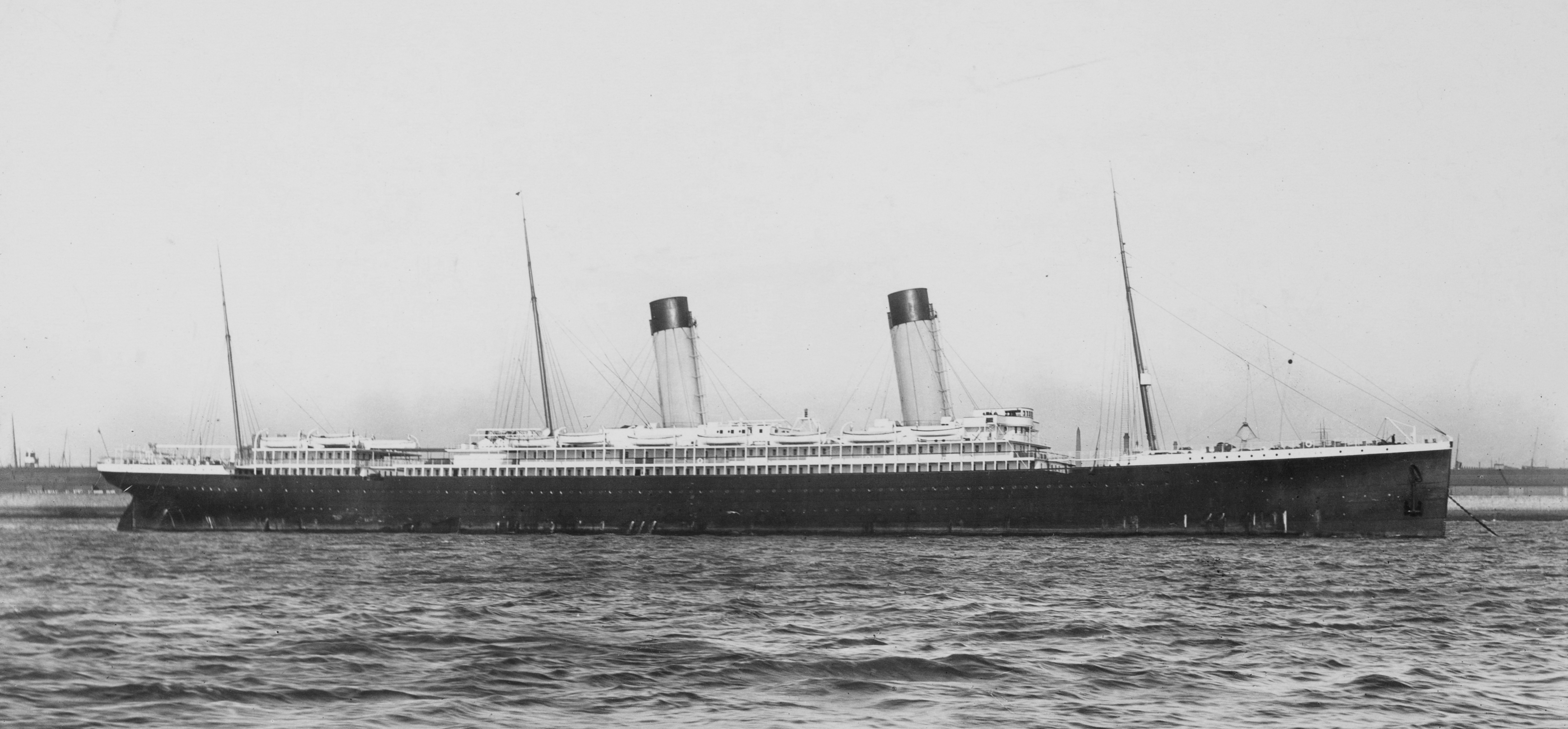Da Skerry o Skeld
Island in Shetland
Scotland
Da Skerry o Skeld
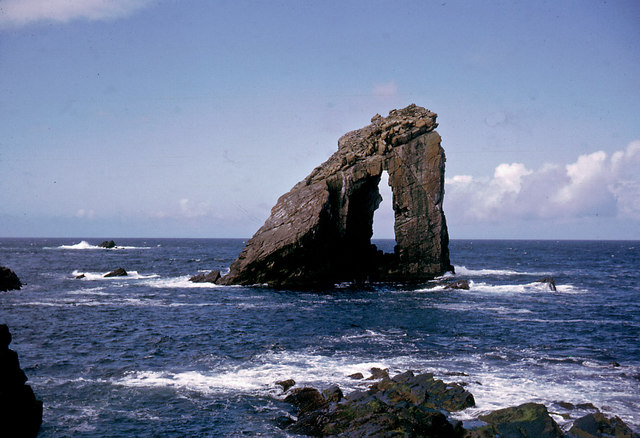
Da Skerry o Skeld, also known as Skeld Ness, is a small island located in the Shetland archipelago, off the northeastern coast of Scotland. With a land area of approximately 0.1 square kilometers, the island is situated at the entrance to Skeld Voe, a sheltered bay on the west side of Shetland's mainland.
Da Skerry o Skeld is characterized by its rugged coastal cliffs, which rise up to 35 meters in height, creating a dramatic landscape. The island is predominantly composed of sandstone, and its exposed cliffs provide nesting sites for a variety of seabirds, including guillemots, razorbills, and kittiwakes.
Access to Da Skerry o Skeld is primarily by boat, as there are no permanent structures or facilities on the island. Due to its remote location and limited human activity, the island has remained relatively untouched by development. This has allowed the natural habitats and wildlife to flourish, making it an attractive destination for birdwatchers and nature enthusiasts.
In addition to its natural beauty, Da Skerry o Skeld has historical significance. The island was once home to a small fishing community, with evidence of human occupation dating back to the Viking era. Today, the remains of stone structures and ancient burial sites can still be found on the island, providing insights into its past.
Overall, Da Skerry o Skeld offers a unique opportunity to experience the raw beauty of Shetland's coastline and immerse oneself in its rich history and diverse wildlife.
If you have any feedback on the listing, please let us know in the comments section below.
Da Skerry o Skeld Images
Images are sourced within 2km of 60.152883/-2.0522723 or Grid Reference HT9740. Thanks to Geograph Open Source API. All images are credited.
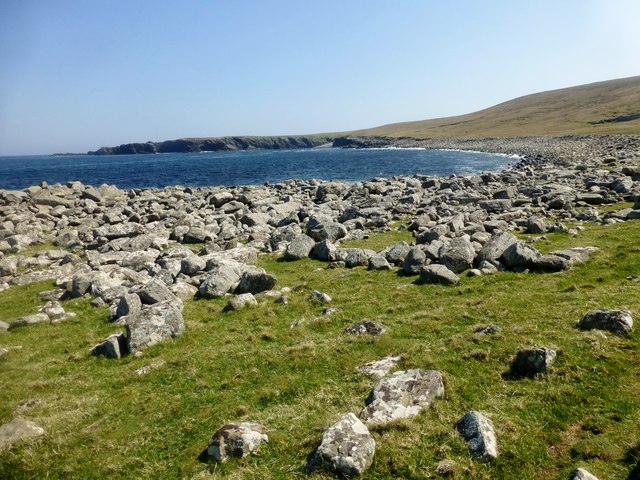
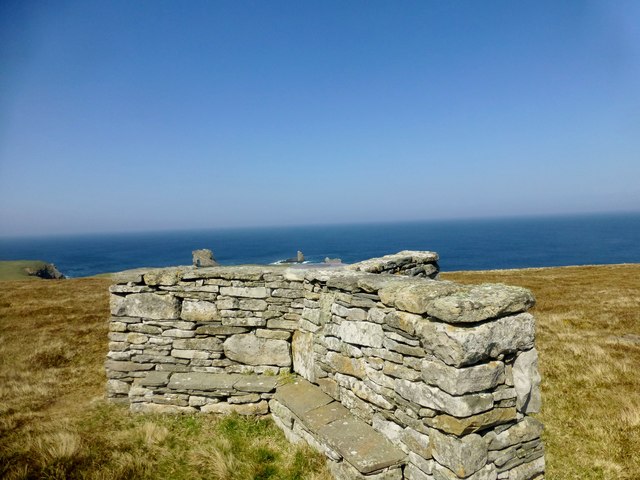
Da Skerry o Skeld is located at Grid Ref: HT9740 (Lat: 60.152883, Lng: -2.0522723)
Unitary Authority: Shetland Islands
Police Authority: Highlands and Islands
What 3 Words
///sleepless.performs.implanted. Near Walls, Shetland Islands
Related Wikis
Foula
Foula (), located in the Shetland archipelago of Scotland, is one of the United Kingdom's most remote permanently inhabited islands. Owned since the turn...
Foula Airfield
Foula Airfield (IATA: FOA) is an airfield located on the remote island of Foula, part of the Shetland Islands in the north of Scotland. == History == The...
RMS Oceanic (1899)
Oceanic was a transatlantic ocean liner built for the White Star Line. She sailed on her maiden voyage on 6 September 1899 and was the largest ship in...
Nearby Amenities
Located within 500m of 60.152883,-2.0522723Have you been to Da Skerry o Skeld?
Leave your review of Da Skerry o Skeld below (or comments, questions and feedback).
